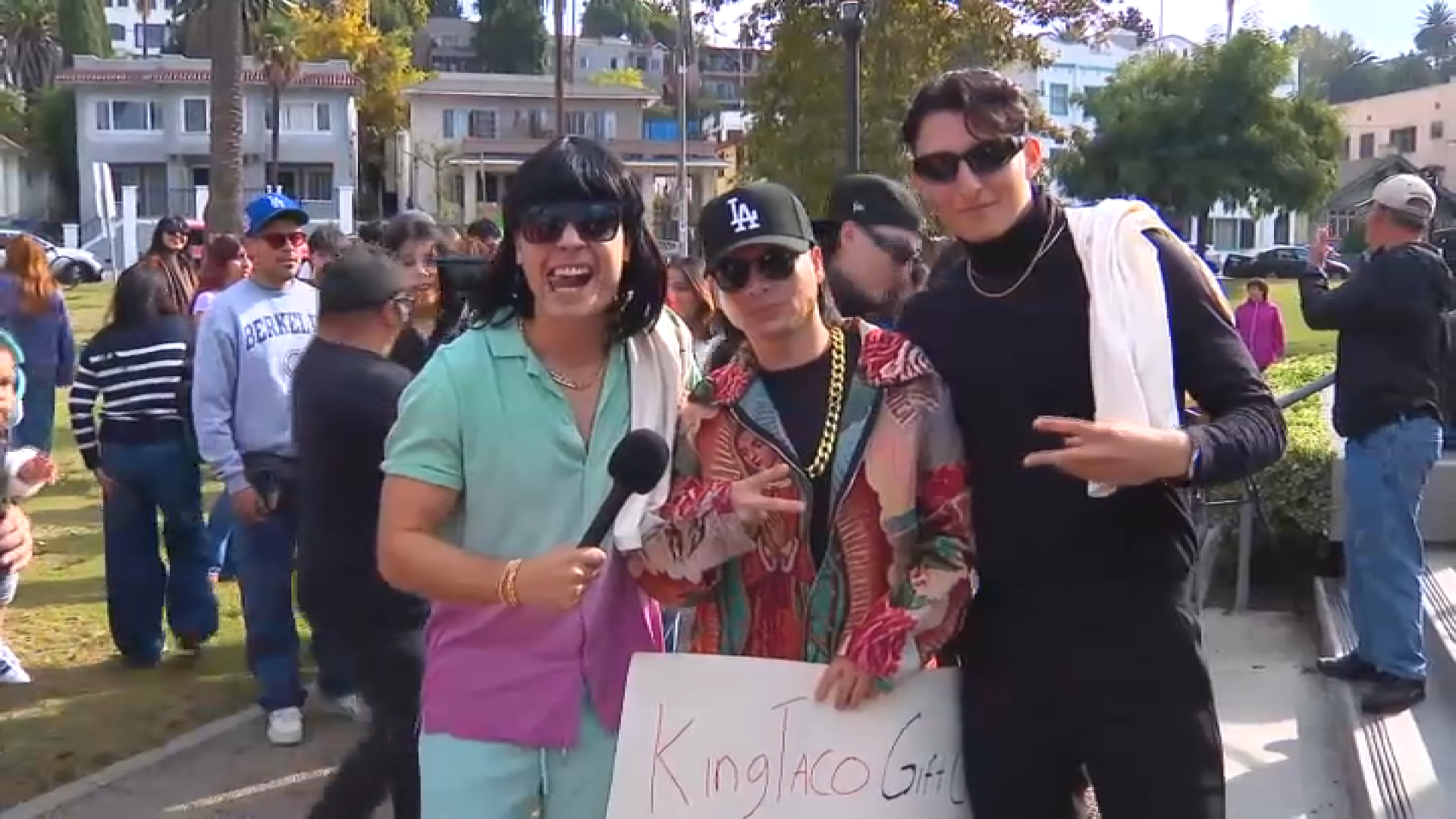What to Know
- Another race horse died since the race track re-opened Friday.
- Between December and February of the previous year, 10 horses died at Santa Anita, compared with eight in 2016-17 and 14 in 2015-16.
- This marks the 23rd race horse death at the track since Dec. 26.
Another racehorse died at Santa Anita Park Sunday, the 23rd horse death at the facility since Dec. 26.
Arms Runner, a 5-year-old horse who won his last race at the park on Jan. 27, suffered a severe and ultimately fatal injury to his right front leg in Sunday's Grade 3 San Simeon Stakes on turf, resulting in a two-horse spill.
The trailing horse, La Sardane, fell but was quickly on her feet, the Daily Racing Forum reported. The spill occurred just as the horses were about to re-enter the turf portion of the course that starts at the top of a hillside and has a crossover point on dirt.
Arms Runner was trained by Peter Miller and owned by Rockingham Ranch.
He had made $124,941 in 12 starts before Sunday.
Santa Anita officials said they would issue a comment shortly.
U.S. & World
News from around the country and around the globe
Racing had just resumed Friday at the famed Arcadia track, one day after the California Horse Racing Board approved restrictions on certain medications administered to the animals. The track was closed for most of this month while officials inspected the track and formulated the new regulations.
Officials with People For the Ethical Treatment of Animals issued the following statement Sunday:
"Over the past two weeks, Thoroughbred owners and trainers and the California Horse Racing Board (CHRB) have argued about medications, whipping, and the public perception of horse racing. But they did not take every measure needed to protect the horses. Both horses (who went down) ran on the drug Lasix, which is known to cause dehydration and electrolyte loss," PETA Senior Vice President Kathy Guillermo said. "All drugs need to be banned entirely, and the known-safest racing surface -- a synthetic track -- must be used. Furthermore, PETA calls on Governor Newsom to urgently form an independent panel to investigate the training and veterinary practices in California racing, including the use of bisphosphonates and other medications that reportedly have been used indiscriminately. If the CHRB does not take every possible action to protect the horses, then racing should not be allowed to continue.''
The CHRB approved previously announced proposals to strictly limit the use of anti-inflammatory medications on horses. It also approved a much-discussed 50 percent reduction in the allowable amount of Lasix, a diuretic that helps prevent horses from hemorrhaging. Santa Anita officials had initially proposed a ban on Lasix, but struck a compromise with the Thoroughbred Owners of California and the California Thoroughbred Trainers calling for a 50 percent reduction in allowable dosage.
Santa Anita officials previously announced a series of other measures being implemented to help bolster safety of the horses, including:
-- Complete transparency of all veterinary records;
-- Trainers must apply for permission to work a horse (a timed, high-speed training exercise) at least 48 hours in advance;
-- No therapeutic medications of treatments will be allowed without a qualified veterinary diagnosis from a state licensed veterinarian;
-- Significant and strict out-of-competition testing;
-- Increasing the time required for horses to be on-site prior to a race; and
-- A substantial investment by The Stronach Group in diagnostic equipment to aid in the early detection of pre-existing conditions.
Those measures, however, did not prevent animal-advocacy groups from protesting the resumption of racing at Santa Anita, who point to the dangers they say are inherent in the sport.
Between December and February of the previous year, 10 horses died at Santa Anita, compared with eight in 2016-17 and 14 in 2015-16. The track averaged about 50 deaths per year from 2008-18, according to data from the CHRB.
The unusually large amount of rain that has fallen over Southern California this winter has been mentioned as a possible factor in explaining the surge in deaths.
Former track superintendent Dennis Moore and Mick Peterson of Racing Services Testing Lab were brought in to conduct a thorough analysis of the main track, and officials repeatedly said they found no problems.
Santa Anita issued a statement Sunday following the death of the horse:
"While this incident happened during competition on a track that has been deemed by independent experts to be safe, we are working closely with the California Horse Racing Board to understand if there was anything additional that we could have done to prevent today's tragedy.
"Today's incident speaks to the larger issue of catastrophic injuries in horse racing that The Stronach Group together with our industry stakeholders are working to solve throughout California and across the country."



